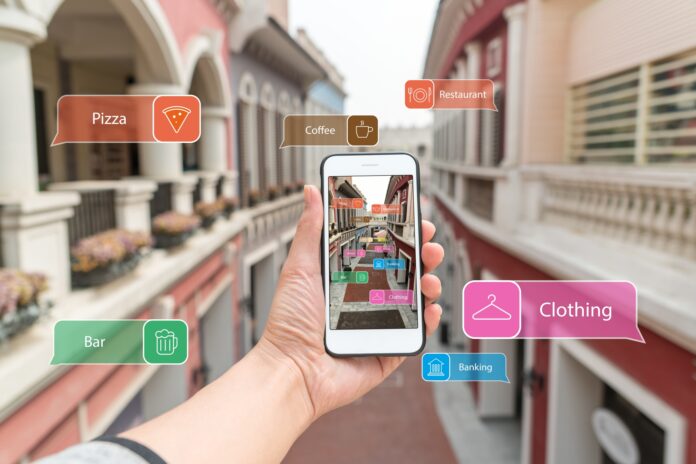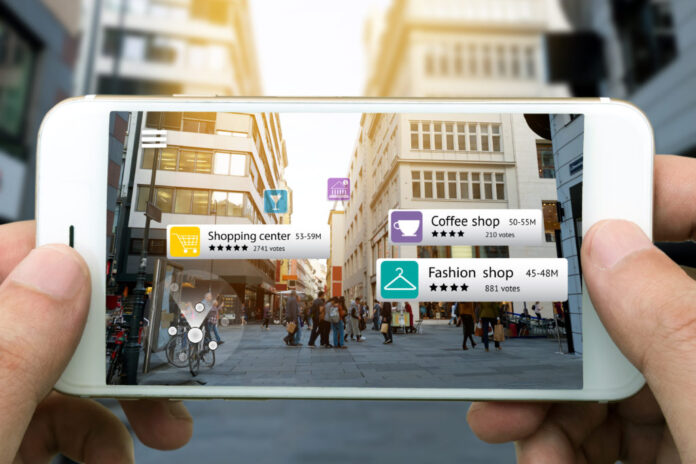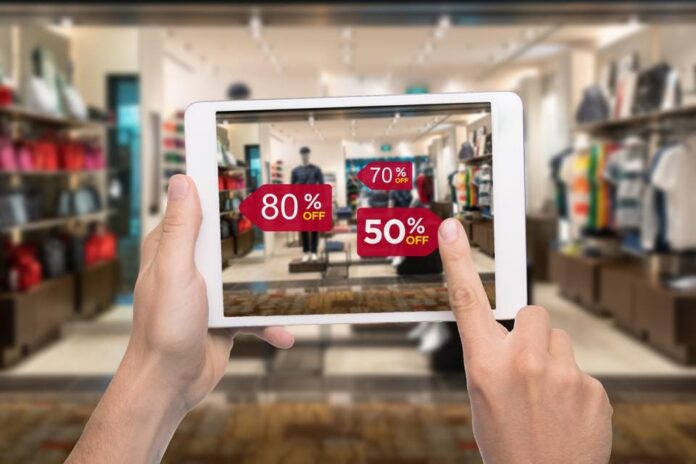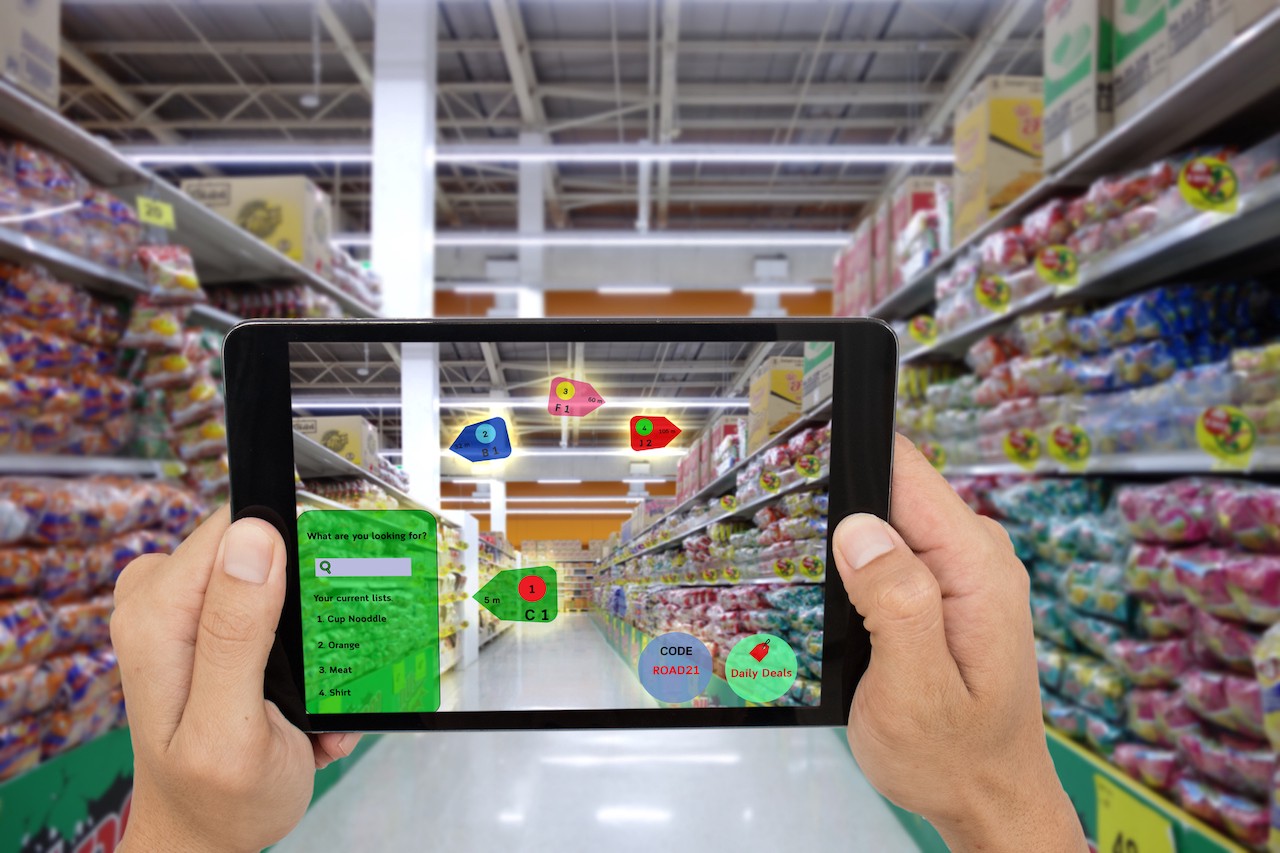Online shopping has a wide range of perks, however, one of the drawbacks is that people aren’t able to feel, examine, or try the product until it arrives at their doorstep. In physical stores, individuals could try on clothing, touch materials on furniture, or see how large a sofa actually is.
Generally speaking, these things aren’t possible in E-commerce stores, which is why more and more companies choose to implement augmented reality (AR) apps that allow their customers to learn more about the items they offer from the comfort of their homes. If you’re thinking about doing the same, here are 4 ways that you could add AR to your E-commerce store:
1. The “Try-on” Approach

I don’t know about you, but there were instances when I purchased clothes online and realized that they looked better on the model than it looks on me. This is something that can decrease conversion rates. After all, people want to know exactly what they’ll receive, and they’ll do everything to ensure that. If they don’t, they’ll probably return the item they purchased.
Implementing AR into an application will allow people to learn what they’ll get, but more importantly, they’ll be able to see how things will seem on them. So, no matter if you offer clothes, makeup, accessories, or eyewear, implementing AR could assist your patrons to learn what they’ll buy.
2. The “Preview Placement” Approach

If you offer furniture, appliances, or devices such as TV, it could be difficult for your clients to tell how the objects will suit their home. This could be difficult to determine when viewing the product on a PC or smartphone screen. The preview placement approach will enable people to see how the object could be installed in their houses.
There is a wide range of companies that utilize AR to help their clients envision how furniture will look in their houses, something that lowers the number of returns they have. Luckily, there are various apps such as the ones featured on Catchar that you could use for implementing this particular augmented reality approach into your E-commerce store. Catchar showcases dozens of ready-to-go solutions and that is why they are considered to be one of the best Augmented Reality service providers. Their founder, Dan Zaitsev came up with the idea in 2018 and they are now helping thousands of businesses and AR developers to achieve their goals.
3. Interactive Guides

You might be selling goods that require customers to learn how to use them, and if so, you may want to opt for implementing interactive guides and manuals. These manuals will help your customers understand how the item functions, mostly because the manual will respond to the users’ actions.
This means that they could have customer support at their house when using a program, app, or website. Most AR user manual apps available on the market will scan the item and then it’ll indicate what needs to be done – for instance, which button needs to be pressed – in real-time, meaning that your customers will know exactly what they need to do to utilize the item they bought.
4. Filters on Social Media Networks

You probably use social media networks for your company, and if so, you’ve probably used an AR filter at least once. These are incredibly fun to use, and recently, more companies choose to use them as a way to advertise their products. For instance, you could reveal a new item by allowing individuals to test them out and see how it’ll seem on them.
Conclusion
As you could see, there is a wide range of AR approaches that you could implement in your E-commerce store. So, now that you’re aware of what you could do, you may want to determine what is best for your needs, and then start looking for an AR app that’ll do wonders for your company.







